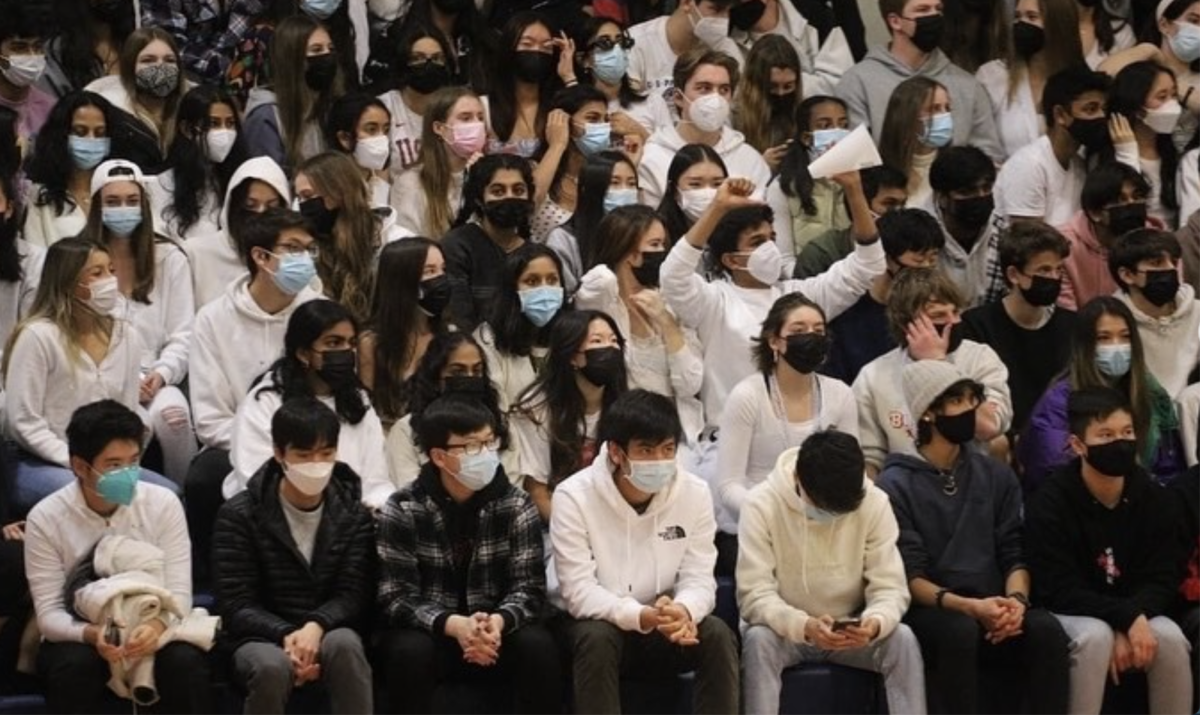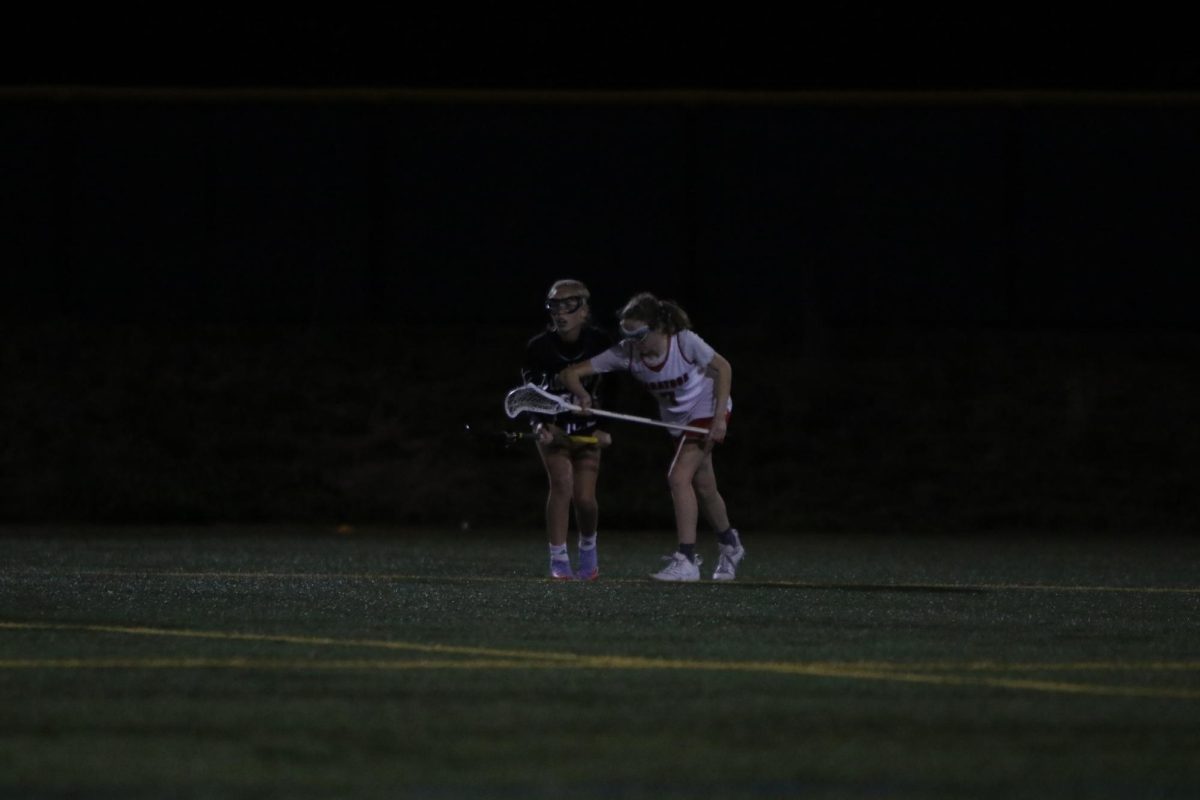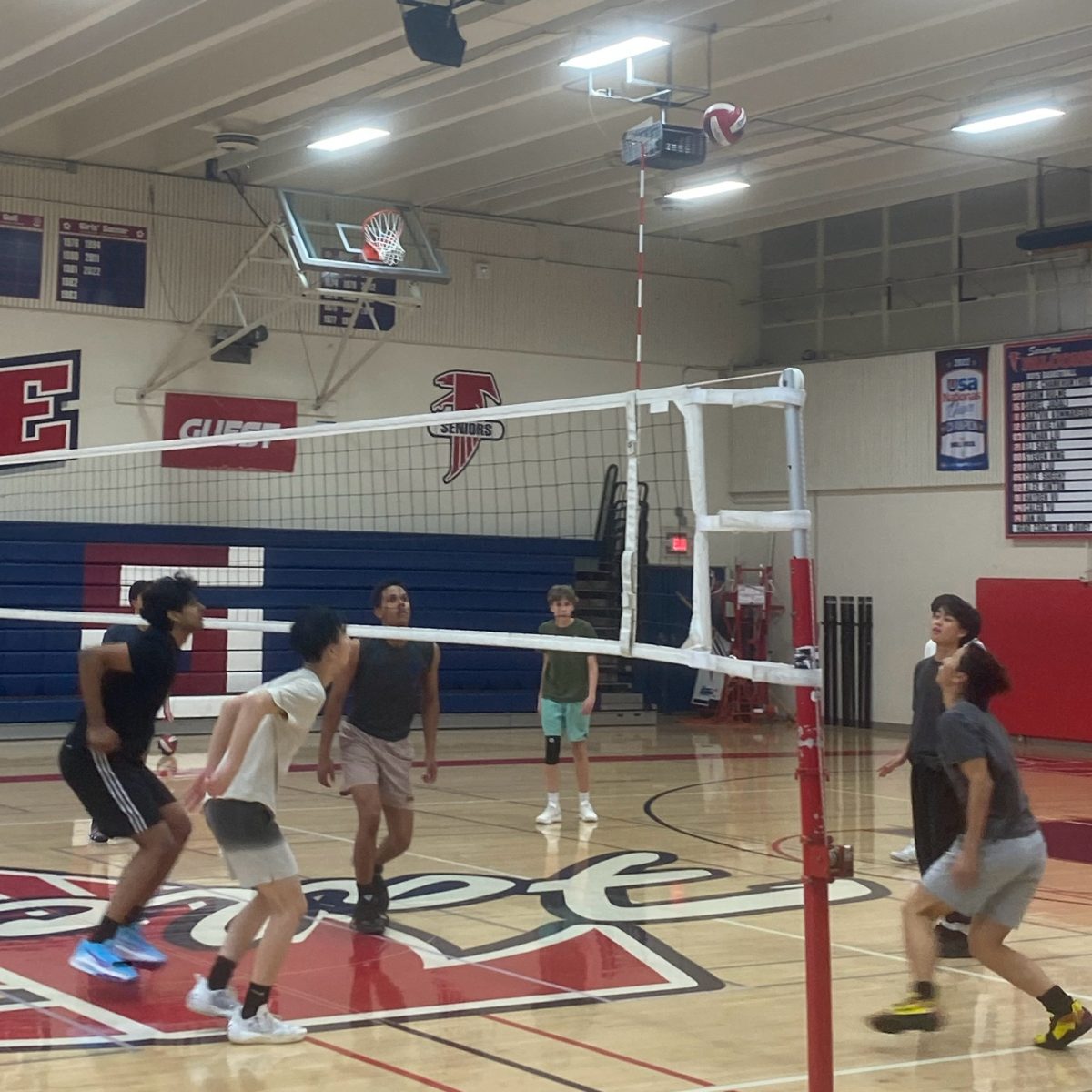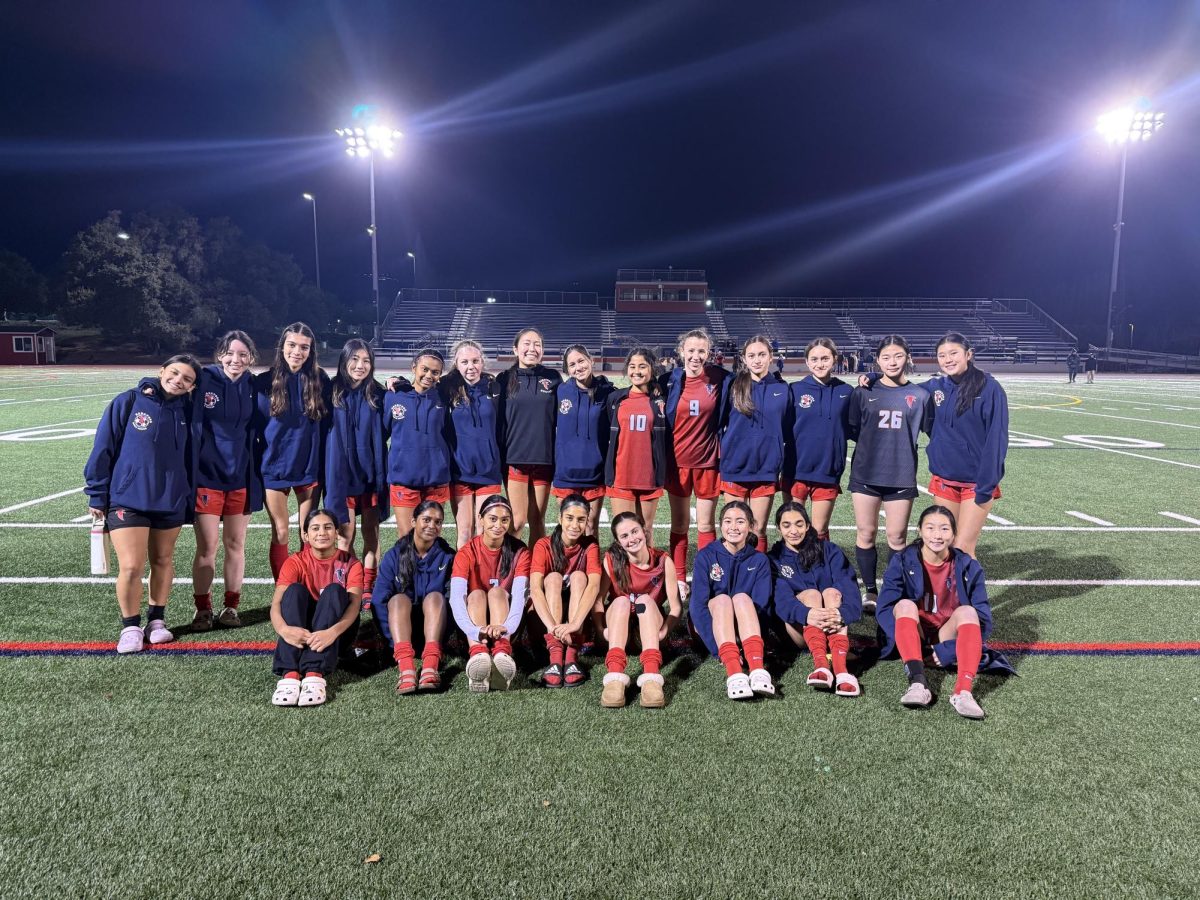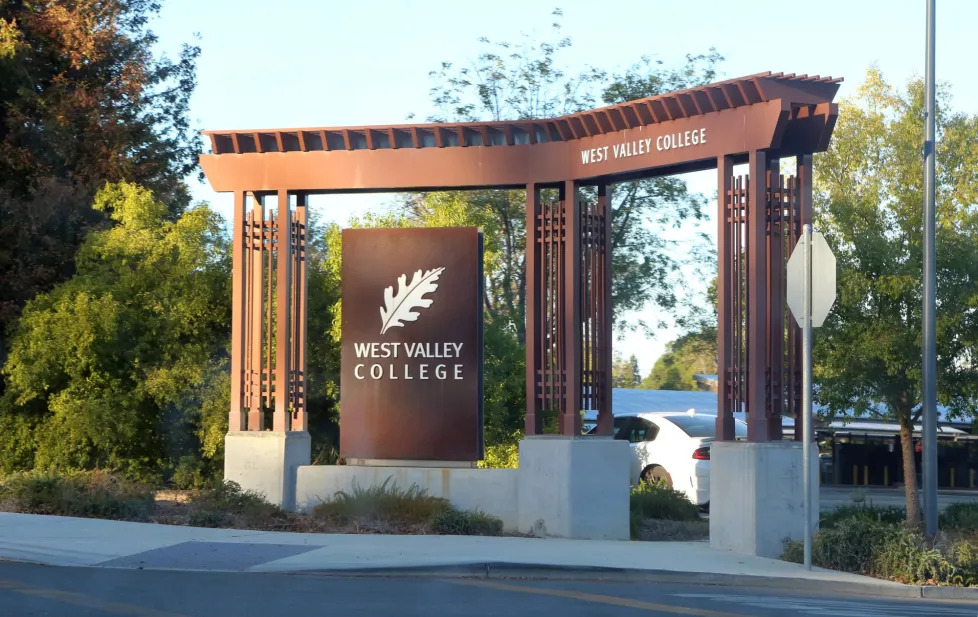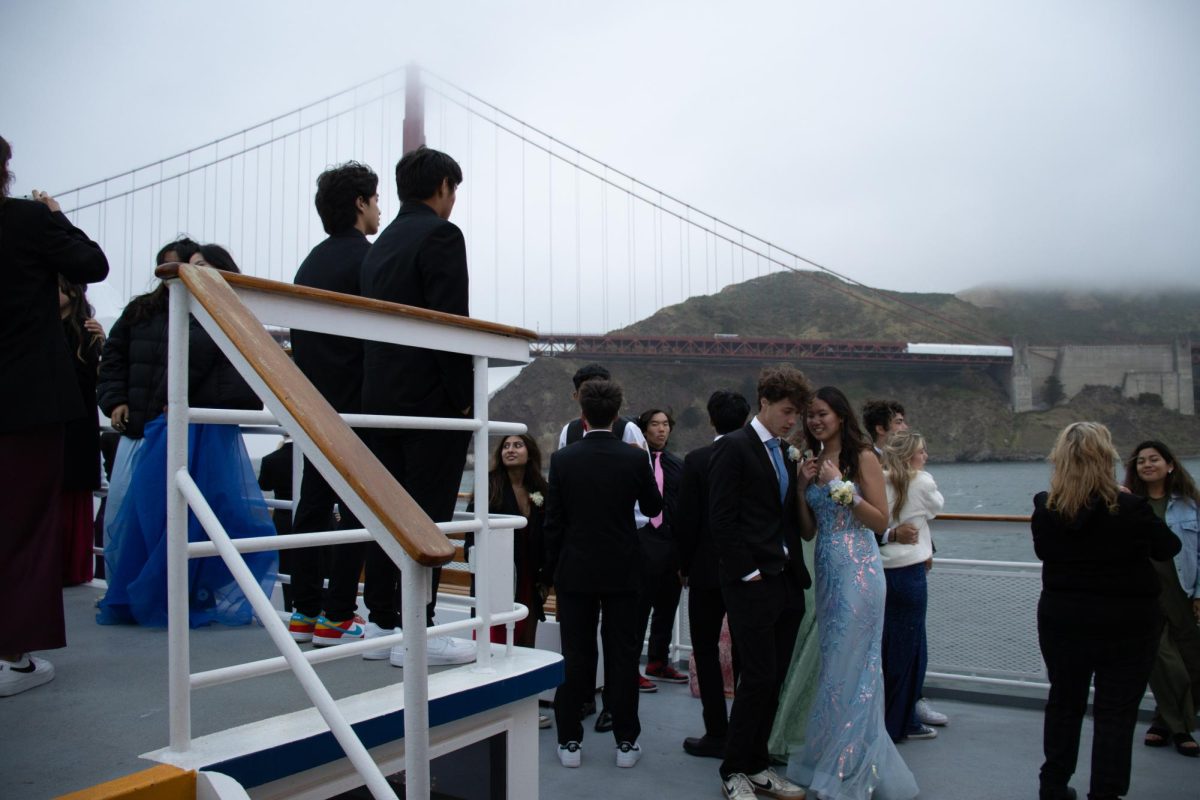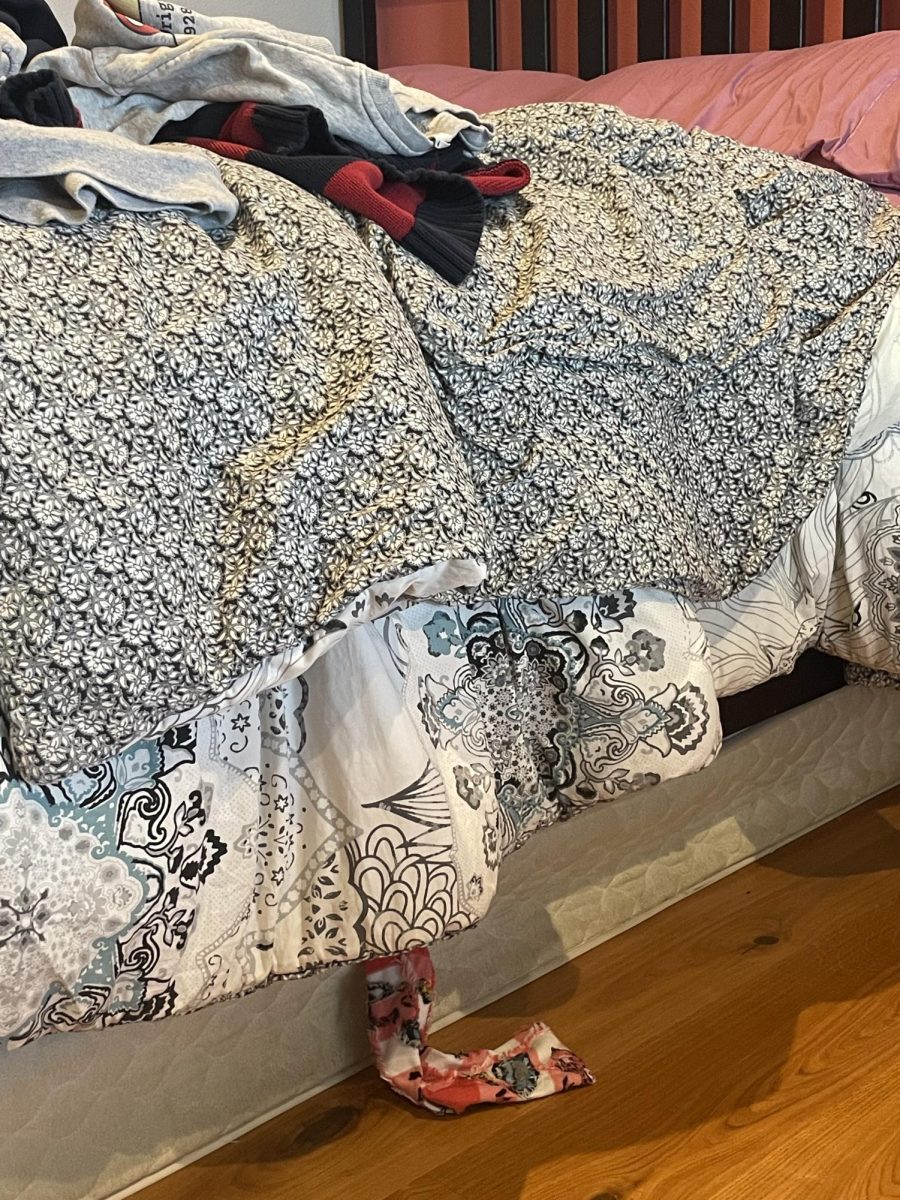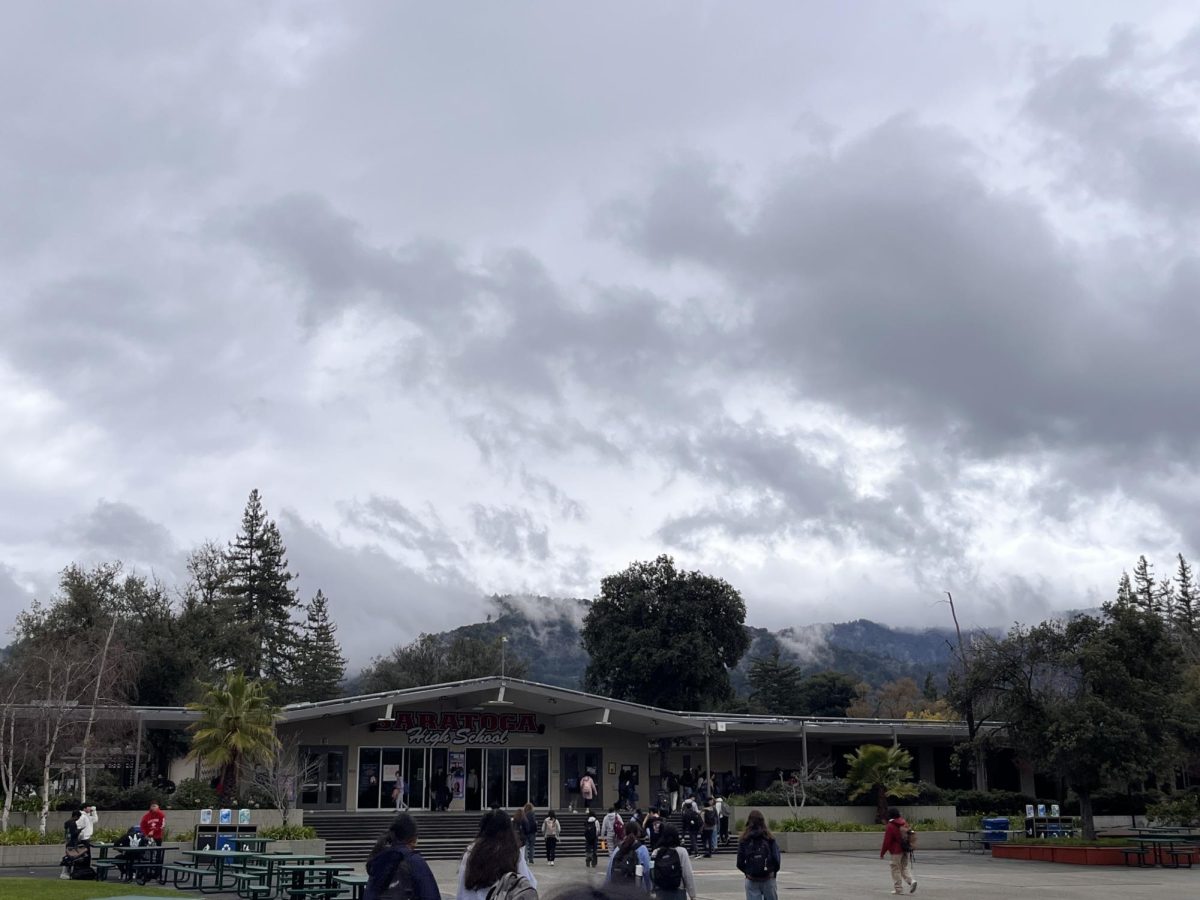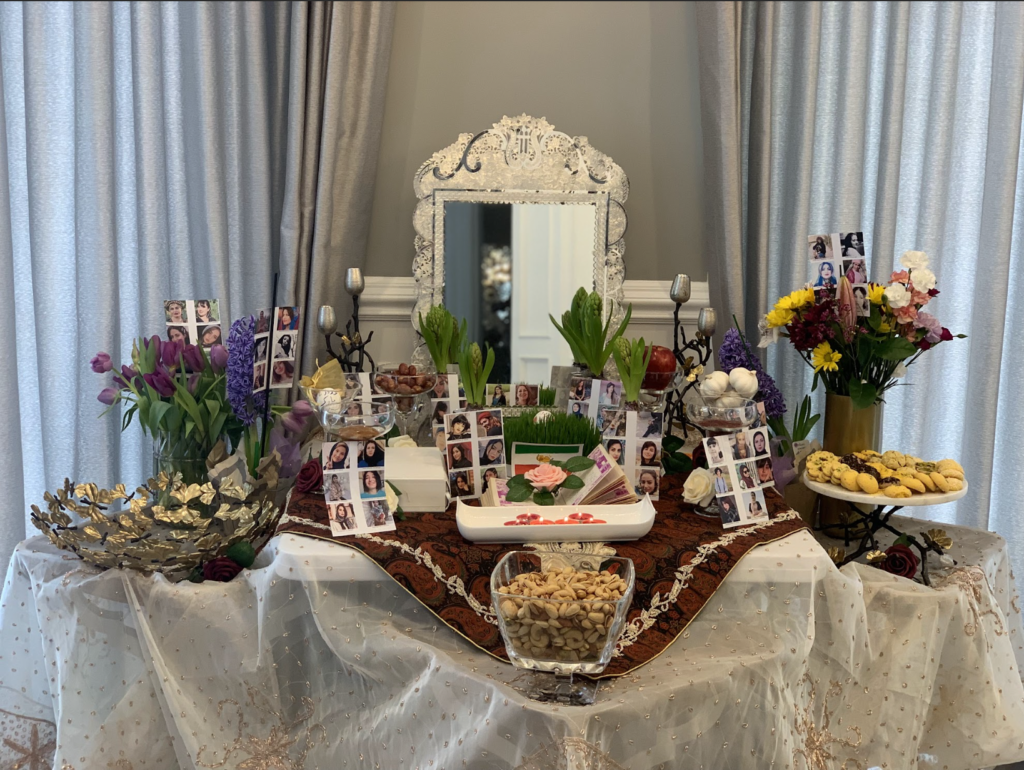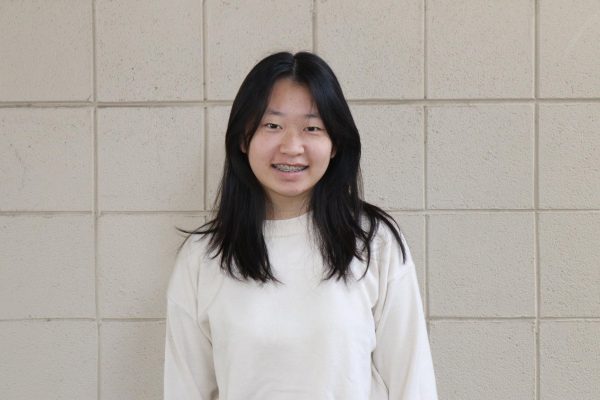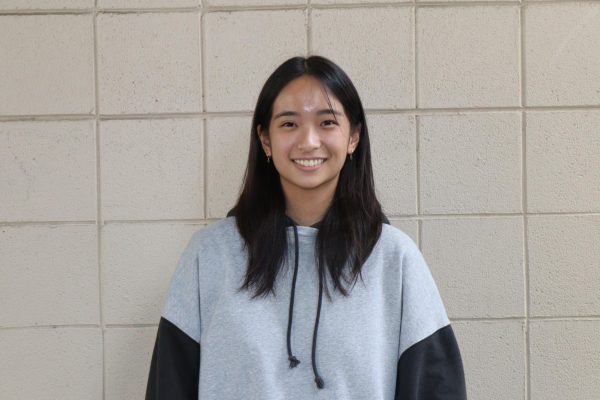As the sun sets and the sky darkens, vibrant splashes of traditional attire and pandals (a temporary stage with structural decorations) sparkle throughout India and among the Bengali diaspora in October during Durga Puja, an annual Hindu festival that marks the victory of good over demons. Each pandal conveys a unique message in its art, carved with deities and other forms of art prepared months before the event. Contests, performances and concerts are held to mark the victory of good over evil and the creation of life.
It is a massive 9-day event in India. But for Hindus living in America such as junior Arshia Desarkar, the festival is often packed into one evening of celebration both at home and local temples: This year, she attends puja, a type of Hindu worship for a god, for a few hours on one day and nothing else.
These stark differences illustrate a struggle common to children born to immigrant parents: losing touch with their cultural heritage in the larger American culture.
According to the article “Migration, cultural bereavement and culture identity” by professor Dinesh Bhugra at the Institute of Psychiatry at King’s College London, who defines culture to be “learned and passed through generations and includes the beliefs and value system of a society,” cultural identity is often lost during the assimilation process as one moves. It is during the assimilation process that attitudes, family values and generational status are changed, typically resulting in the culture one is assimilating into dominating over the other. Factors such as globalization, exposure to diverse perspectives and evolving societal norms influence how younger generations engage with their cultural heritage.
In an effort to stay in touch with her roots, Desarkar helped create the Indian Classical Dance club in the second semester of her sophomore year. Many other children of immigrants seek to learn their parents’ culture by going to language classes such as Chinese school on weekends or taking school language classes such as Chinese, but the process is rarely easy and sometimes leaves them feeling as if they are never fully able to reach a point where they are immersed in both cultures they care about.
The challenges of growing up in a foreign country
As many first-generation immigrant families move to America, they often find themselves immersed in an unfamiliar language and culture. As their focus shifts from preserving and commemorating their culture to making a living for their family while fitting into the workplace, some families find it hard to pass their traditions onto younger generations.
This is the case for junior Sameera Kapur’s family. Kapur’s parents were born in India and Iran respectively and moved to Canada in the early 2000s. With two different cultures — Indian and Persian — as part of her upbringing, Kapur found it hard to form a strong connection to either of them. While her father is Indian, he grew up in Kenya, causing him to be less connected to his Indian heritage.
However, Kapur has connected to her two heritages through her grandparents. When her maternal grandparents visit her family throughout the year, Kapur often communicates with them in Farsi.
Kapur has primarily tried to keep in touch with her culture by trying to speak Farsi regularly with her grandparents, who live in Canada.
Kapur believes that the impact of the environment she grew up in played a determining factor in her relationship with her parents’ cultures. She thinks that if her native languages were commonly spoken in her household, she would be better at those languages.
According to Madeleine Lee, an education writer for the Rosetta Stone, simply hearing a language being spoken regularly can determine whether children learn it .
Said Kapur about her experience growing up: “A person’s connection to their culture is completely up to their parents. If the connection isn’t that strong as the kid is growing up, it becomes even harder to rediscover that culture again, especially in a different country. Without recognition of the culture or the break that comes with it, immigrants need to take more effort to celebrate traditional holidays.”
The differences in the Iranian Solar Hijri calendar and the solar calendar also make celebrating traditional holidays more difficult, Kapur said. For instance, when celebrating Persian New Year with her family each spring, she always has to leave school early on the first and last day of the 14-day holiday. The celebration begins each year on March 20, when the entire family gathers together for two weeks to celebrate by performing ritual dances, eating a variety of traditional Persian dishes and sharing gifts.
“I get that Persian New Year in Asia is like winter break here, but I do think it’s kind of hard to celebrate when I also have to attend school,” Kapur said. “I do think that some teachers could be a little more understanding with students who are taking days off no matter the reason.”
Kapur pointed out that many immigrants have difficulty staying in touch with their culture, as traditional holidays such as Diwali, Lunar New Year and Day of the Dead are not federally recognized holidays. Only a couple of major cities with large Asian American populations such as New York recognize Lunar New Year as a school holiday; California is one of the only states that recognizes it as an official holiday.
“Seeing and talking to my grandparents throughout the year has helped me connect to my culture,” Kapur said. “While I can’t fluently speak Farsi, I can understand my grandparents when they talk to me in Farsi, and it helps me remember.”
School language classes provide extra emphasize for students to reconnect to their culture
While many students take Chinese, French, Japanese or Spanish to receive language credits, junior Claire Zheng — who speaks Mandarin at home — takes AP Chinese to reconnect to her Chinese culture and build on lessons on her cultural traditions and the language she learned about as a child.
“My grandparents have mostly taught me the history of China, but I didn’t know much about the traditional customs they do during holidays,” Zheng said.
When Zheng was in elementary school, she attended after-school Chinese classes twice a week; however, since the curriculum was largely focused on grammar and vocabulary, she wasn’t able to delve deeper into Chinese traditions and history.
After taking Chinese 4 Honors last school year, Zheng began learning more about Chinese holidays. The class, taught by Chen Hui Wu, emphasized on learning China’s culture, something that was only briefly touched on in previous levels.
Wu has been teaching Chinese here for the past three years, with a load of Chinese 5 Honors and AP Chinese this year. In general, she notes that language courses help improve students’ language proficiency through listening, speaking, reading and writing.
“Most importantly, I want to teach Chinese culture so that the students can appreciate it,” Wu said.
Like most other language courses, Chinese 1 begins with the basics of learning simple vocabulary words and grammar sentences in the textbook, followed by a test for each unit. As the levels of Chinese classes increase, students are able to apply these vocabulary words into conversations and complex sentences about places and traditions. These advanced language courses also delve deeper into the customs and traditions of the countries that speak them.
“When I was younger, I didn’t really know those celebrations had a meaning and thought we were just having dinner parties,” Zheng said. “I would say that I’ve learned more as time went on. The more I learned about my culture, the more I felt connected to my upbringing.”
In order to continue learning more about her culture, Zheng decided to take AP Chinese in her junior year, another class that taught her more about China’s history and traditions. Compared to Chinese 4, where Chinese culture of dynasties and music is incorporated into a song project, Chinese 5 Honors and the classes after it mostly prep the students for the AP test by going through both Chinese culture and language.
“We use a variety of textbooks and activities,” Wu said. “For example, when we are learning about the Chinese medicine unit, we bring in different kinds of tea for the students to make their own tea.”
Other activities that AP Chinese students experience differently than other levels include learning about leisure and sport activities, such as the Chinese yo-yo and tai chi. This way, the students gain a process of learning a certain aspect of Chinese culture, explaining what it is and why it’s important.
In general, Zheng continues to build on the knowledge she learned in Chinese 4 and from her parents by reading articles and the textbook in Chinese, and learning how to apply the vocabulary into harder sentence structures.
Now, Zheng covers topics more on China’s history and longtime traditions dating back a few hundred years ago, knowledge beyond the Chinese 4 Honors content that covered the basics of each holiday.
“It helps me connect to my culture since I now have a closer understanding towards Chinese holidays like the Mid Autumn Festival and Chinese New Year,” Zheng said.
Clubs close the cultural gap by creating activities where everyone can participate
With such a large barrier between students and their culture, many have made efforts to partake in various cultural clubs such as the Chinese Club and the Indian Classical Dance Club, which all share a common goal: to help students connect with their cultures and traditions.
Chinese Club, led this year by senior co-presidents Ryan Lin and Angela Luo, meets biweekly to talk about different elements of Chinese culture, including festivals and traditions. Some meetings include interactive games such as Kahoots or making paper lanterns, while others contain slideshows about holidays like the Mid-Autumn Festival.
Chinese Club often brings traditional Chinese sweets to their meetings, such as nian gao, which is typically eaten during Lunar New Year. These meetings allow for different types of learning among peers, rather than the typical lecture and presentation styles of learning found in most language courses. Sharing foods and explaining their meaning, working among peers in interactive games and other activities give a lighter feel to learning about China’s history and culture compared to the question and answer style in tests in language classes.
“I want to share Chinese culture to the students either within or outside of the Chinese Club through fun and interactive ways,” Lin said. “Everyone can get involved and celebrate together in order to promote interest and awareness of Chinese culture.”
One of the Chinese Club’s main goals is to create a place where people can connect to their heritage through Chinese culture through presentations, Lin said. Some topics covered by the club include the ethnic groups of China, the Lantern Festival in Taiwan, Chinese opera and historical Chinese figures.
Another club where students reconnect with their cultural roots is the Indian Classical Dance Club that meets during tutorial, where students teach the culture, history and dance forms of Indian classical dance. Junior co-presidents Desarkar and Diya Iyer teach three different types of Indian classical dances throughout their meetings: Odissi, Bharatanatyam and Kathak.
“Most of us have been dancing for over ten years, so it’s a big part of our lives and we thought it would be fun to share it with people,” Desarkar said. “This is one of the ways I connect to my culture.”
Desarkar attributed her connection to her culture to her parents teaching her its meaning and importance.
As Desarkar grew older, she took this connection to a deeper level by practicing a specific type of Indian classical dancing that worships Jagannath, the Hindu god of the universe. Over time, Desarker and the other club officers realized they had a shared experience in dancing, creating a community where they could learn and teach each other.
“A lot of the dances I do have roots in certain gods as the dance acts as a type of worship,” Desarkar said. “You dance out a story of mythology about that god, and along the way, you learn about the specific gods and their stories.”
The club’s goal is to teach the importance of the unification of Indian cultures by learning basic components of dance. For example, the club officers taught mudras, symbolic hand gestures used in dancing. Through teaching dances and its history, the officers hope to reconnect people with their culture.
Many students learn to embrace the differences between their families and American culture due to Saratoga’s diverse student body.
However, even with cultural clubs on campus, Desarakar noted that it can be extremely difficult for students to connect with their culture without a family that actively celebrates their culture.
“I think a large part of being connected to your culture is just being around or talking to people who understand and share your culture as well,” Desarkar said. “I do think I still have a watered down version, as the cultural experience in America is not the same as in India since festivals aren’t as big of a deal here.”

